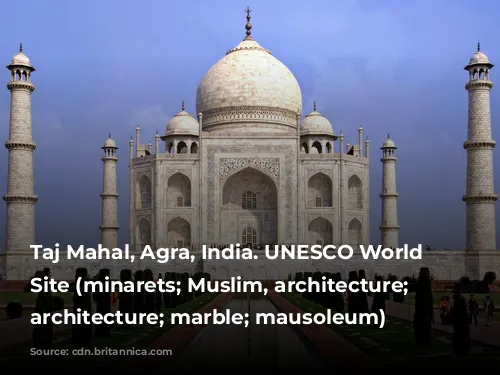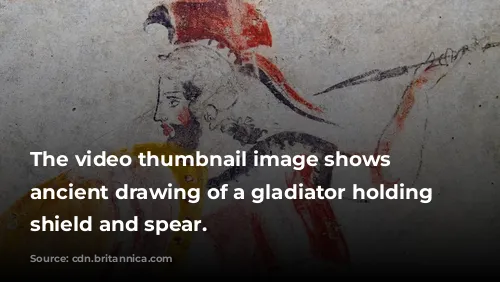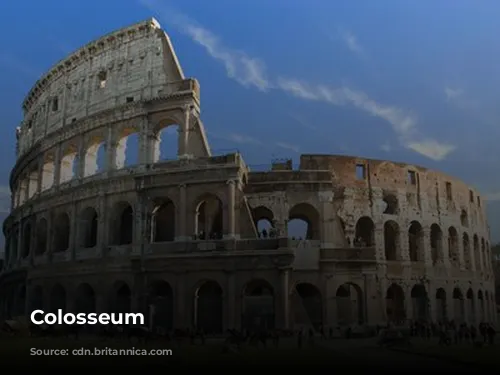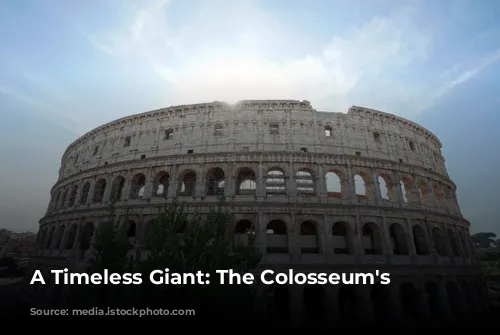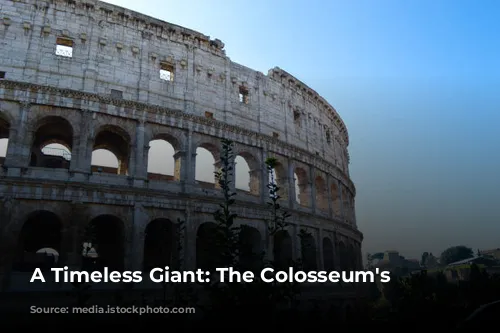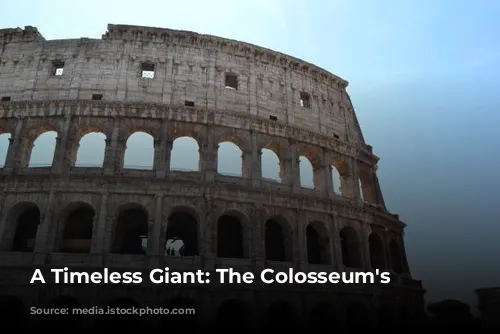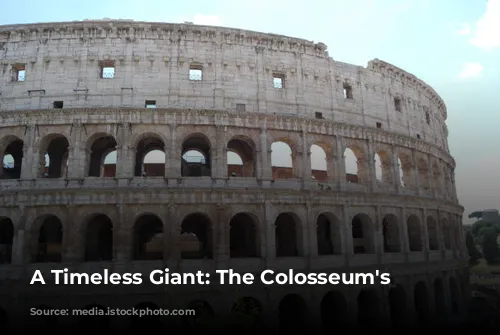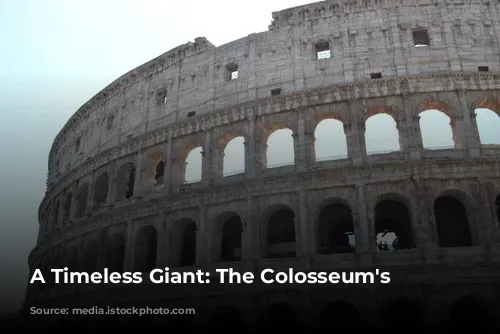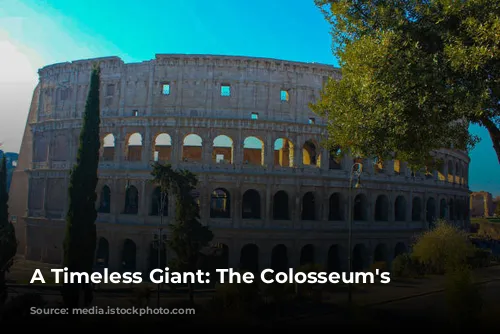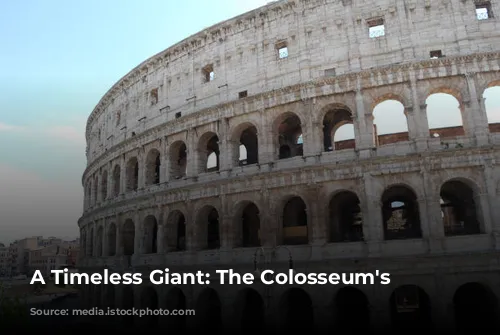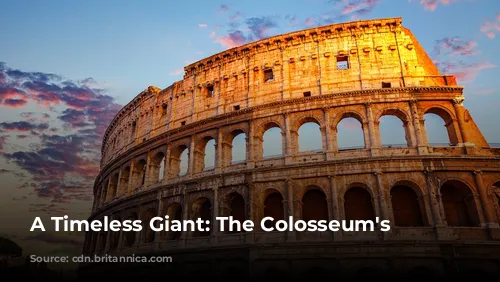Imagine a monument so grand, so enduring that it stands as a testament to a bygone empire. This is the Colosseum, a marvel of ancient Roman engineering and architecture, still captivating visitors centuries later. This iconic structure not only reflects the grandeur of the Roman Empire but also continues to generate significant income for Italy as one of the most popular tourist destinations in the world. In 2018, the Colosseum, Roman Forum, and Palatine Hill collectively raked in over $63.3 million (€53.8 million), topping the charts as Italy’s top tourist attraction.
The Colosseum’s journey through time has been a fascinating one, marked by periods of glory and decline. After the Roman Empire’s fall, the Colosseum fell into a state of serious disrepair, a stark contrast to its once-majestic splendor. During the 12th century, it was repurposed as a fortress by powerful families like the Frangipane and Annibaldi. Centuries later, in the late 15th century, Pope Alexander VI even allowed the Colosseum to be used as a quarry, stripping it of its precious materials. This period of neglect, spanning over a thousand years, stands as a stark reminder of the Colosseum’s vulnerability. Fortunately, state-funded restoration efforts began in the 1990s, a testament to the global recognition of this iconic structure.
From Gladiator Arena to Tourist Hotspot
The Colosseum was born from a grand vision – to revitalize Rome after the turbulent period known as the Year of the Four Emperors in 69 CE. Emperor Vespasian, known for his shrewdness and pragmatism, envisioned the Colosseum as a grand entertainment venue, a place to captivate the masses with thrilling spectacles. Gladiator fights, animal hunts, and even mock naval battles were staples of the Colosseum’s programming, highlighting the Roman love for public entertainment.
The Colosseum’s construction, a monumental undertaking that began under Emperor Vespasian between 70 and 72 CE, was a feat of engineering and ambition. The completed structure, dedicated in 80 CE by Vespasian’s son and successor, Emperor Titus, was a sight to behold. The Colosseum’s fourth story was added by Emperor Domitian in 82 CE, marking another phase of its construction. Notably, the funds for the arena came from the plunder acquired by Titus after conquering Jerusalem in 70 CE, and the structure was built by enslaved Jews from Judea. This stark reality underscores the complex history that shaped the Colosseum.
An Architectural Marvel: The Colosseum’s Construction
The Colosseum stands as a testament to Roman engineering prowess. This grand amphitheater, known as the Flavian Amphitheater, was built using a combination of stone, concrete, and tuff. It rises four stories high and measures an impressive 620 by 513 feet (189 by 156 meters), accommodating an estimated 50,000 spectators. This elliptical structure, strategically located just east of the Palatine Hill on the site of Nero’s Golden House, is a symbolic triumph over tyranny. Vespasian’s decision to replace Nero’s private lake with a public amphitheater embodied the shift from imperial extravagance to public benefit.
The Colosseum’s architecture is a marvel of its time. Unlike earlier amphitheaters, which relied on hillsides for support, the Colosseum is a freestanding structure, showcasing the innovative use of barrel vaults and groin vaults. The exterior is adorned with engaged columns in the Doric, Ionic, and Corinthian orders, an architectural signature that later inspired the Renaissance. The Colosseum’s construction involved a diverse range of materials: travertine for the main structure and facade, volcanic tufa for the secondary walls, and concrete for the inner bowl and arcade vaults.
Spectacle and Shade: The Colosseum’s Design
The Colosseum was designed to provide an immersive experience for its spectators. The amphitheater’s design ensured that every seat had a clear view of the arena, ensuring maximum engagement with the unfolding spectacle. To shield spectators from the scorching Roman sun, a massive retractable awning called a velarium was employed. Hundreds of Roman sailors were required to manipulate the intricate rigging that extended and retracted the velarium, a testament to the meticulous planning that went into the Colosseum’s design.
The Colosseum’s history is filled with thousands of gladiatorial combats, contests between men and animals, and even elaborate mock naval battles. These spectacles drew enormous crowds, captivated by the thrill and spectacle of these events. The Colosseum’s enduring legacy as a symbol of Roman entertainment is undeniable. However, the debate surrounding the martyrdom of early Christians in the arena remains open, with historical records providing no conclusive evidence.
From Ruin to Renaissance: The Colosseum’s Revival
The Colosseum, once a symbol of Roman power, fell victim to neglect and decay over centuries. After the fall of the Western Roman Empire, the Colosseum faced a gradual decline. Medieval times saw the Colosseum transformed into a church, and then into a fortress for powerful Roman families. The Colosseum was subjected to further damage from lightning, earthquakes, vandalism, and pollution, losing its marble seats and decorative materials. For over a thousand years, the Colosseum was treated as a mere quarry, a stark reminder of its vulnerable state.
However, the Colosseum’s enduring allure led to its revival in the 19th century. Pius VIII initiated preservation efforts, laying the groundwork for future restoration. The 1990s marked a significant turning point with the launch of a major restoration project. Today, the Colosseum stands as one of Rome’s most popular tourist attractions, welcoming close to seven million visitors annually. Regularly changing exhibitions delve into the fascinating world of ancient Roman culture, ensuring that the Colosseum remains a vibrant center of history and learning.
The Colosseum’s story is one of resilience and transformation. From a grand symbol of imperial power to a quarry stripped of its grandeur, and finally, to a monument cherished and preserved, the Colosseum’s journey exemplifies the enduring power of human creativity and the enduring appeal of history. This iconic structure continues to captivate visitors with its sheer size, architectural brilliance, and the echoes of its extraordinary past. The Colosseum is a testament to the enduring legacy of ancient Rome and serves as a reminder of the enduring fascination with the past.
